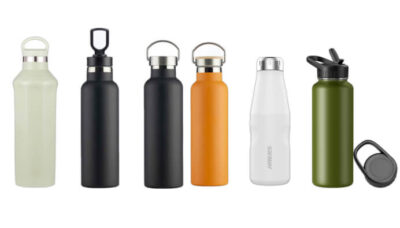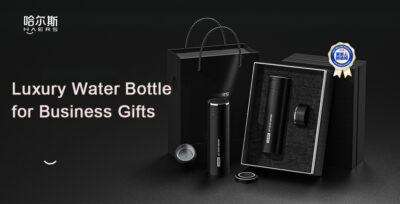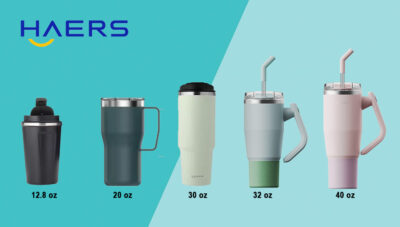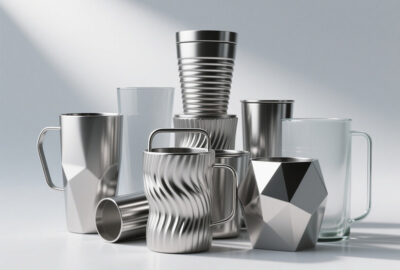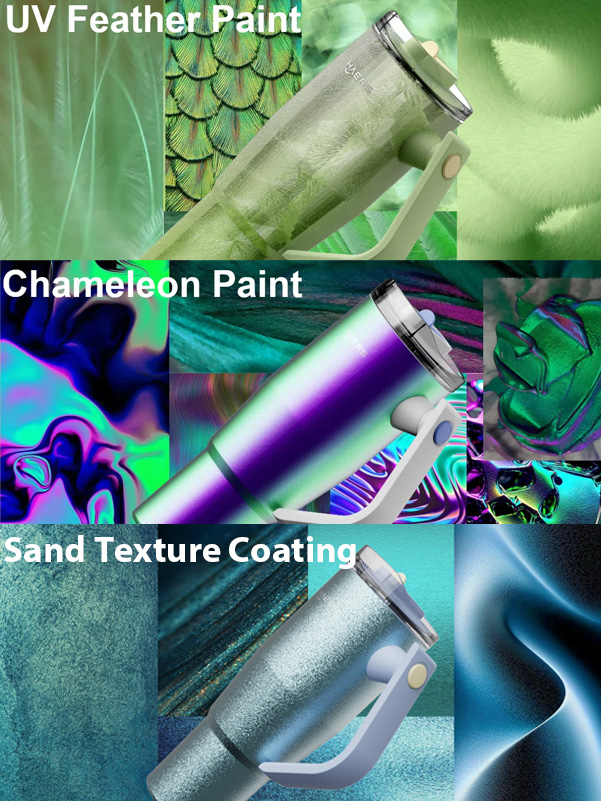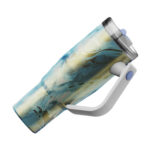Is Tritan Plastic Safe? Benefits, Comparisons, and FAQs for Water Bottles
Tritan™ is a new generation of copolyester developed by Eastman Chemical Company in 2007. Bottles made from Tritan plastic are BPA-free, transparent, durable, and stylish. Today, Tritan material is widely used in sports bottles, baby products, food containers, and even medical devices.
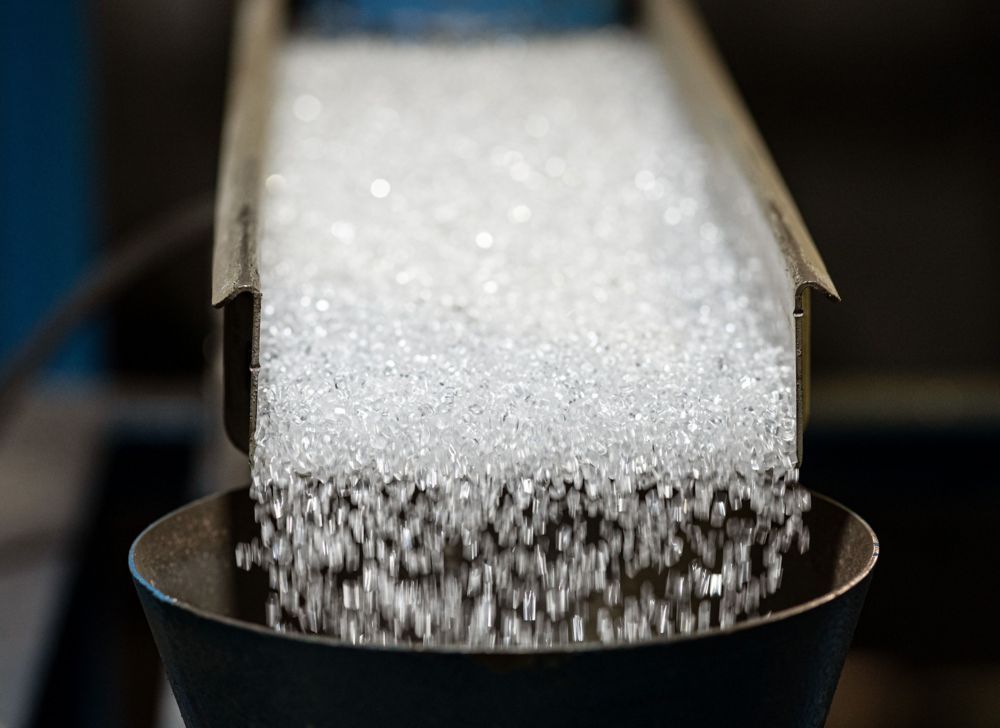
(pic source: Eastman)
As more consumers look for safe and eco-friendly alternatives to traditional plastics, Tritan plastic has become a popular choice. But many people still wonder: Is Tritan plastic safe? Can it handle hot water? Is it better than PP or PPSU? In this article, we will answer these common questions, compare Tritan with other materials, and explain why it is considered one of the best options for modern water bottles.
Table of Contents
TogglePart 1: Is Tritan Plastic Safe?
Is Tritan Plastic Safe for Hot Water Use?
One of the main concerns about any plastic water bottle is whether it is safe when exposed to hot water. Unlike traditional plastics, Tritan material is designed to resist high temperatures without releasing harmful chemicals. It is BPA-free and does not contain BPS or other bisphenols, making it safer for everyday use. Tritan water bottles can handle hot drinks like tea or coffee, and they can also be cleaned in a dishwasher without losing clarity or strength.
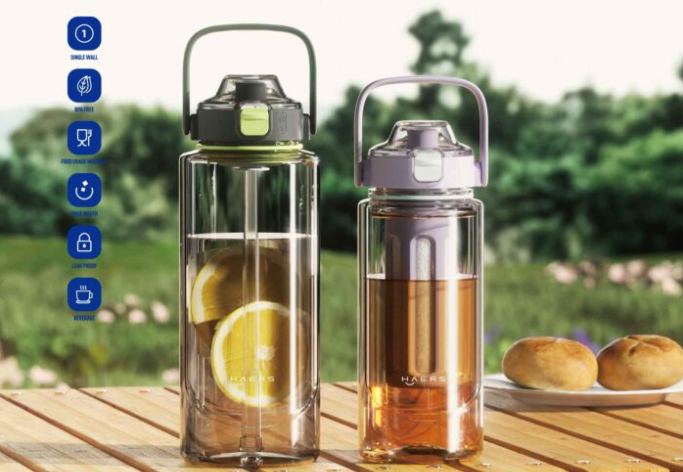
Is Tritan Plastic Safe for Babies and Children?
Tritan plastic is widely used in baby bottles, sippy cups, and food containers because of its excellent safety profile. Parents choose Tritan material because it is free from BPA, odorless, and resistant to stains. Unlike glass, Tritan cups and bottles are lightweight and shatter-resistant, which makes them much safer for children. With both durability and safety, Tritan has become one of the most trusted plastics for baby and toddler products worldwide.
Part 2: How Durable Is Tritan Plastic?
Can a Tritan Water Bottle Hold Boiling or Hot Water?
One of the biggest advantages of Tritan plastic is its heat resistance. Tritan material can handle boiling water without warping or releasing harmful substances. Many people use Tritan water bottles to prepare hot tea, coffee, or even warm milk, and the material remains stable. Unlike regular plastics that may deform under high temperatures, Tritan plastic keeps its shape and clarity, making it a reliable option for both hot and cold drinks.
Is a Tritan Plastic Cup Durable or Easily Breakable?
Durability is another reason why Tritan plastic is trusted by so many brands. Tritan material is impact-resistant, meaning it does not easily crack or shatter when dropped. Compared with glass, it offers the same crystal-clear appearance but without the risk of breaking. For active lifestyles—like sports, travel, or school—Tritan water bottles and cups are far more practical and long-lasting than many traditional materials.
Part 3: Tritan Plastic vs. Other Materials
Tritan vs. PP vs. PPSU: Which Water Bottle Material Is Better?
PP (Polypropylene) and PPSU (Polyphenylsulfone) are also popular plastic choices for water bottles and baby products. However, each material has its own strengths and weaknesses:
PP (Polypropylene): Lightweight and inexpensive, but less transparent and may not withstand heat as well as Tritan plastic.
PPSU (Polyphenylsulfone): Known for high heat resistance and durability, but usually more expensive and less clear in appearance.
Tritan Plastic: Combines the best of both worlds—transparent like glass, resistant to heat like PPSU, and lighter than many alternatives.
For consumers looking for a balance of safety, appearance, and cost, Tritan material is often the most practical choice.
What Is the Difference Between Tritan and PPSU Plastic?
Both Tritan and PPSU are considered premium materials, but they serve different needs:
Heat Resistance: PPSU can handle even higher temperatures, making it ideal for sterilization. Tritan plastic, while heat-resistant, is usually designed for everyday hot and cold drinks.
Appearance: Tritan material is crystal-clear, while PPSU often has a slight amber tint.
Durability: Both are durable, but Tritan plastic has better scratch resistance and keeps its clarity over time.
Price: PPSU products tend to be more expensive, while Tritan offers a more cost-effective solution without compromising on safety.
In short, if you need extreme heat tolerance (like in medical equipment), PPSU may be the choice. But for daily water bottles, sports cups, and children’s products, Tritan plastic is usually the preferred option.
Part 4: Is Tritan Plastic Better Than Traditional Plastic Bottles?
Traditional plastics, such as PET or PC, have been widely used in water bottles for years. However, many of them contain BPA or other chemicals that may raise safety concerns. In contrast, Tritan plastic is BPA-free, odor-resistant, and much safer for repeated use.
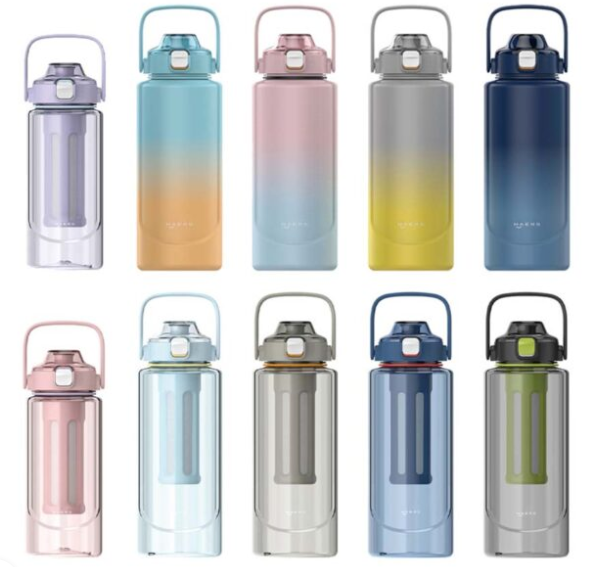
Another advantage of Tritan material is its long-lasting clarity. Traditional plastics often become cloudy, scratched, or brittle over time, while Tritan maintains a glass-like transparency even after months of use. It also performs better in both hot and cold conditions, making it more versatile for everyday hydration needs.
For consumers who want both safety and durability, Tritan plastic clearly offers a superior experience compared to conventional plastic bottles.
Part 5: What Are the Advantages of Tritan Plastic for Water Bottles?
To summarize, the key benefits of Tritan material include:
BPA-free and safe: No harmful chemicals like BPA, BPS, or phthalates.
Crystal-clear look: As transparent as glass but without the risk of breaking.
Heat and impact resistance: Withstands hot drinks, dishwashers, and accidental drops.
Lightweight and practical: Easier to carry than glass, more durable than traditional plastic.
Eco-friendly option: Longer lifespan reduces waste compared to disposable plastics.
These features explain why more and more brands and consumers prefer Tritan plastic for modern drinkware.
Tritan plastic has proven to be a safe, durable, and attractive material for water bottles, baby products, and food containers. It outperforms traditional plastics in both safety and appearance, and it offers an affordable alternative to premium materials like PPSU. For retailers, gift merchants, and brand owners, choosing Tritan material means offering customers a product that combines health, durability, and style.
At Haers, we specialize in manufacturing high-quality Tritan plastic water bottles and drinkware. With our OEM and ODM services, we help brands design, customize, and produce Tritan material products that meet international safety standards. If you are looking for a trusted water bottle manufacturer, Haers is ready to support your business with reliable solutions.


